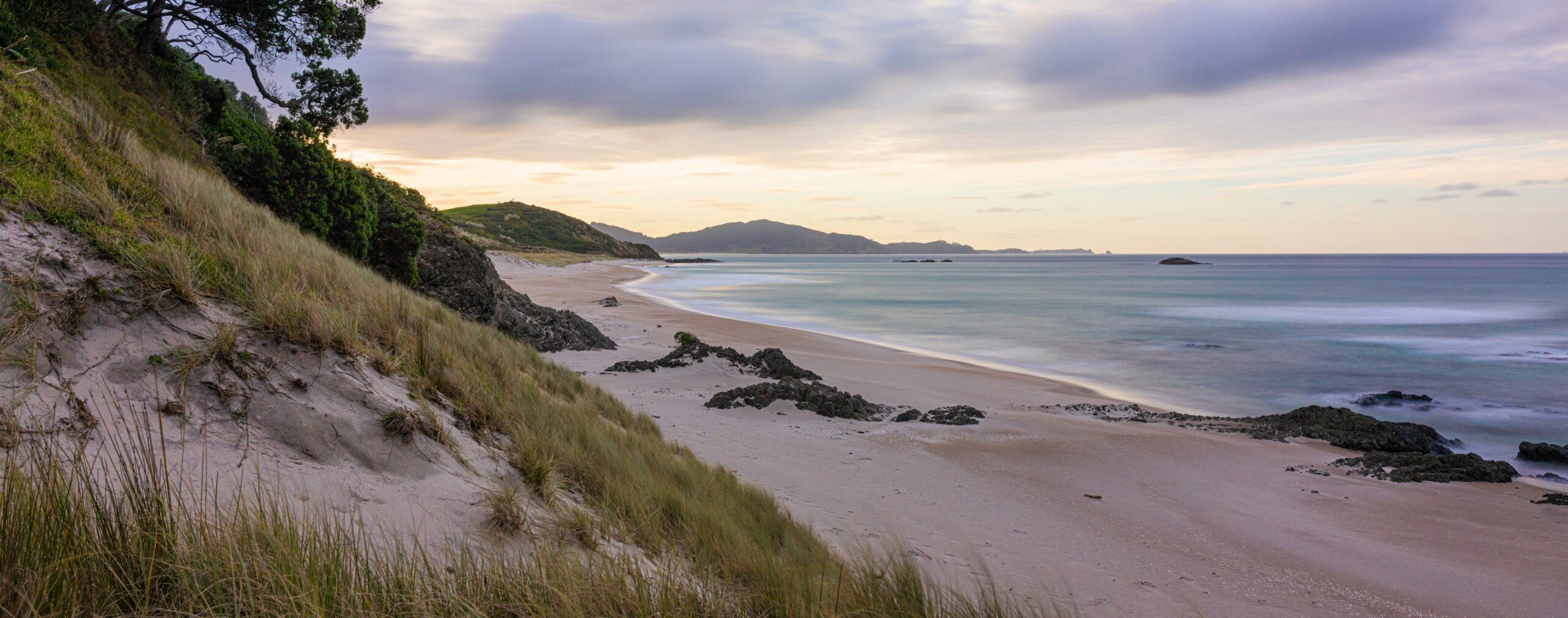In this article, we discuss proposed changes to the Disputes Tribunal that may significantly impact how mid-value disputes are resolved — including a potential increase to its jurisdiction and what that could mean for access to justice.
Waikato Regional Council Coastal Plan
Waikato Regional Council (WRC) notified its intention to review its Coastal Plan on 18 August 2023. Submissions are open until 14 November 2023 and can be made by anyone.

Managing the activities that can take place in the coastal marine area is a task for WRC . The Waikato Regional Coastal Plan regulates the resources within the coastal marine area. That area is defined as being that part of the sea that is below the high tide mark and extends out to sea by 20 kilometres.
WRC has provided a list of key changes that the review looks at. The review includes:[1]
- Identifying and mapping significant surf breaks, historic heritage, natural character, outstanding natural features and landscapes (seascapes), indigenous biodiversity and protecting them through new objectives, policies and rules.
- Breaking this down further – that means:
- Surf breaks: mapping and protecting the areas and any activity within this area will require a resource consent;
- Historic heritage: mapping and protecting these items and having a protocol in place if an area is discovered when a consenting activity is taking place;
- Natural character: mapping and protecting these areas with an overlay that will restrict activities in this area;
- Outstanding natural features: mapping and protecting these areas with an overlay that will restrict activities in this area; and
- Indigenous biodiversity: mapping and protecting these areas with policies and rules.
- Breaking this down further – that means:
- Providing new areas for aquaculture (with recommendations from Sea Change – Tai Timu Tai Pari) and identifying these areas on maps within appropriate locations while maintaining environmental bottom lines.
- Permitting moorings within the Zoned Mooring Areas with licences under the Navigation Safety Bylaw (and biosecurity requirements). Moorings outside the zoned areas require resource consent.
- Including a tangata whenua chapter that will detail processes and context relating to tangata whenua, specifically tangata whenua objectives, policies and rules throughout the plan that increase iwi views and mātauranga Māori.
- Incorporating risk management and adaptation as a matter to consider for the storage of petroleum or its products. This will require an accidental spill plan for the discretionary activity.
- Having new policies and rules that will ensure that noise from any new activities will be managed in a more specific way, including the impact on marine mammals.
- Identifying different coastal water types and water quality standards by broadly classifying areas based on an estimate of assimilative capacity and setting initial water quality standards.
- Managing human waste from vessels by restricting where discharges can take place.
- Restricting the location of the disposal of human ashes within 500 metres of mapped areas of cultural significance and locations of aquaculture.
Some rules within the plan will have immediate legal effect (from when the plan was notified on 18 August 2023). The rules that take immediate legal effect are rules that protect or relate to water, protect historic heritage or provide for or relate to aquaculture.[2]
Most rules will be subject to the hearing process, which is a chance to voice your submission. These hearings are likely to take place next year and these rules will not be operative until a decision has been made and the appeals process is completed.
[1] https://www.waikatoregion.govt.nz/council/policy-and-plans/rcp-review/
[2] Section 86B Resource Management Act 1991.
This article is current as at the date of publication and is only intended to provide general comments about the law. Harkness Henry accepts no responsibility for reliance by any person or organisation on the content of the article. Please contact the author of the article if you require specific advice about how the law applies to you.
For further information



